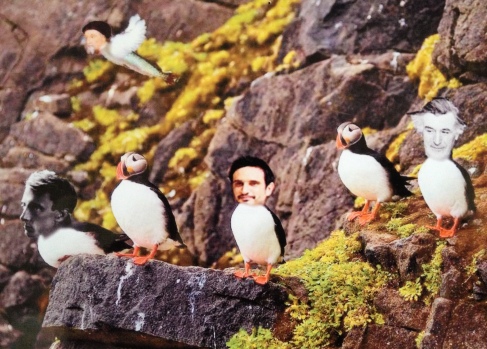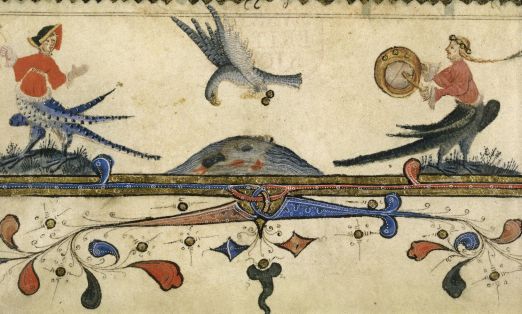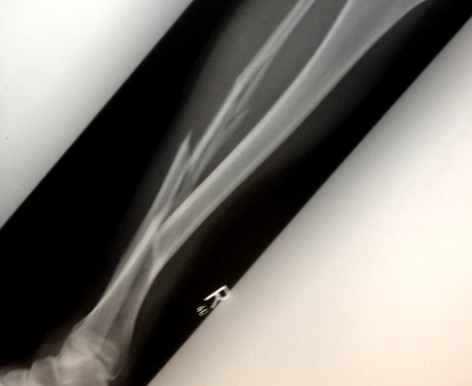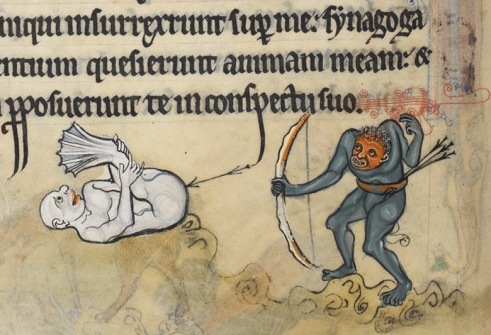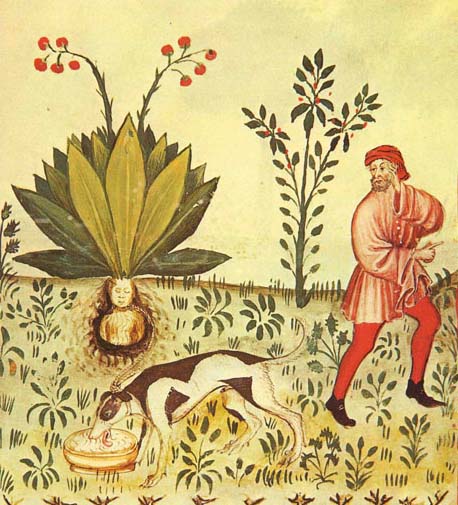A quick browse through any field guide to birds reveals that the standard ornithological method for conveying bird vocalisations is still transliteration – a careful substitution of complex avian sound patterns into a phonetic sequence that is broadly understandable in another system – a human language. You’ll come across some striking examples, including some that are just ludicrous, or seemingly untranslatable into human spoken utterances. There are the well-known classics: from the Collins Guide, ‘goo-ko’ (cuckoo), and ‘kewick … hoooouh’ (tawny owl; better known, of course, as ‘tu-whit, tu-who’). But then what about a willow warbler: ‘sisisi-vüy-vüy-vüy svi-svi-vi tuuy tuuy si-si-sviiy-sü’? Or maybe a greenfinch: ‘jüpp-jüpp-jüpp jürrrrrrrr tuy-tuy-tuy-tuy-tuy juit chipp-chipp-chipp-chipp-chipp dürdürdürdür jürrrrrrrr …’?
These modern examples of ornithologists’ mimicry, though, are in fact no different to much earlier efforts to translate animal and human sounds – they merely continue a long and rich legacy (see here for a fuller discussion of this topic in an earlier post). I have been prompted to think again about the lines of transmission between medieval and modern approaches birds because I am currently working with three manuscripts from important monastic centres of the late Anglo-Saxon age containing a copy each of a little birdsong poem titled ‘De cantibus avium’ (On the songs of birds), which is, largely, a catalogue of phonetically-rendered, onomatopoeic bird calls. The three versions are all the same, and suggest a lost, earlier source. What seems pretty clear is that this poem, wherever or whenever the original was composed, was designed to teach the typical Latin translations of particular animal and bird sounds. The poem appears in manuscripts that all deal with grammar subjects, and in two cases, it actually appears directly after a standard prose list of nonhuman sounds – what is known as the voces animantium ‘voices of animals’ genre (see here for one of the manuscript examples). The formula, developed from classical models, goes a little like this:
apes ambizant vel bombizant, aquilae clangunt, anseres crinciunt vel trinsiunt,
aves minuriunt vel vernant vel vernicant, accipitres pipant vel plipiant,
anates teritisant …
[bees buzz or buzz, eagles sound, geese hiss or honk, birds chirp or make noise
or twitter, hawks screech or cry, ducks quack …]
Much of the ‘De cantibus’ poem reads almost word for word like these lists, but it also draws attention to the great and enduring fascination of birdsong – its supreme variety and diversity. However hard we might try, it is beyond our capabilities to record, catalogue and know all bird songs:
Quis volucrum species numeret, quis nomina discat?
Mille avium cantus, vocum discrimina mille.
Nec nostrum (fateor) tantas discernere voces.
[Whoever counts the types of birds, who learns their names? A thousand are sung of birds, a thousand differences of voice. Nor do I myself claim to discern such voices.]
Many of these medieval examples might sound ridiculous to us. But they probably did to medieval writers as well: many of the invented onomatopoeic verbs in the sound lists are such nonsense that they basically mean nothing more than ‘cranes make a crane noise’, or ‘blackbirds make a blackbird noise’, as though the writer draws attention to his own complete inadequacy in trying to replicate birdsong. Perhaps this translation tradition highlights a serious point about all translation though: even though these efforts aim to bring us closer to another being or mode of communication, they ultimately reminds us of essential difference – when you try to turn birdsong, or any nonhuman utterance, into human language, the result doesn’t quite manage to do the job. Crucially, though, this difference does not make birdsong irrational goobledygook (a word, in fact, that was coined to mean nonsense precisely because it sounds like turkey gibberish). It is simply that their voices are not our voices.



